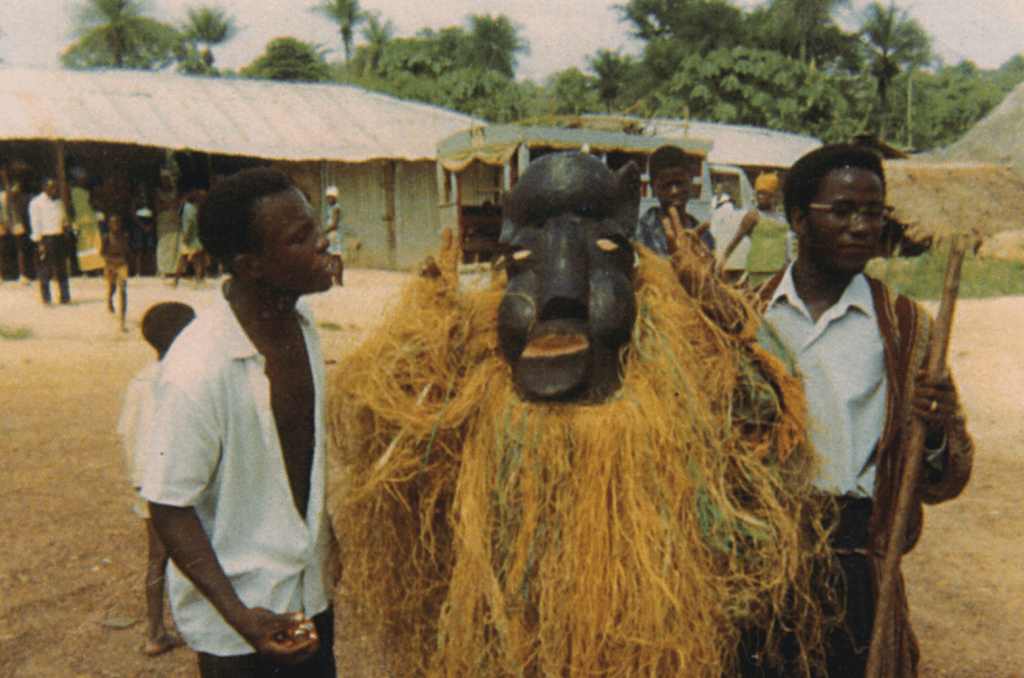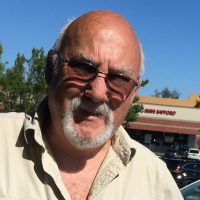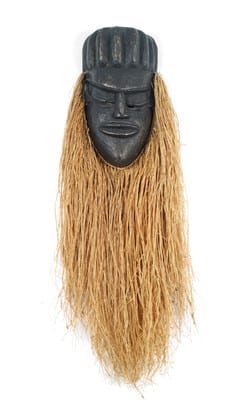After two months of training we were deemed ready to head out to our appointed villages and set the world on fire. I was sent to The Eastern Province of Sierra Leone to the small village of Bunumbu, with a population of about 200 people. I was considered suitable as an agricultural development worker because of my experience with home gardening (although I had been previously employed as an electrical technician at Con Edison in NYC)
It was not long before I found out that the villagers weren’t really interested in learning new farming techniques. They were used to the way they had been farming and weren’t about to change. I began to realize that a top priority for them would be to get fresh, clean drinking water. I helped to procure pumps from the American Embassy and US CARE, then helped to install them over existing wells where water was being pulled up by hand.
A Sierra Leonian social worker, Moses Gboko, told me the next town was a good prospect for new gravity-feed water system. Again with the help of US Care and the American Embassy we were able to obtain most of the plumbing and cement supplies we needed. We met with town leaders, and with help from every able-bodied person in the area, we built a dam and a reservoir, then laid a two-inch pipe stretching a half-mile to the village of Pejewa. It took us about a year to complete the new gravity-feed system.
The Devil’s Mask has been used by the Mende people in Sierra Leone for thousands of years. I picked one up for a few dollars from a marketplace in Kenema, Sierra Leone. The mask is used in Devil Dancing, a common feature of ceremonies such as weddings, funerals, and the Islamic Feast of Ramadan.

The Devil’s Mask was a feature at weddings, funerals, and the Islamic Feast of Ramadan.
Devil dancers are men from the Poro Society, a secretive social group common in Liberia, Ghana, Ivory Coast and Sierra Leone. Chiefs or Elders in West Africa tend to believe that whatever happens in the physical realm has deep roots in the spirit world. These cultures generally have a preference for secrecy, expressed in the common phrase ifa mo, which means “do not speak it.” Priests, diviners, and other qualified persons are needed to unravel the mysteries of existence. On its surface, the Poro secret society is a masculine “hunting society” but it oversees secrets such as initiation of boys into manhood, circumcision, and other powerful rituals.
The typical Devil dancer is dressed from head to toe with raffia palm straw and the Devils Mask on his head. In full costume, the dancer cannot see very well with the mask on, so he needs several helpers to direct his movements. The helpers wear either traditional African garments or sometimes Western clothing. Students from The Union Teacher Training College in Bunumbu were occasional helpers at the Devil mask dances. Although I was not a teacher at the college—I worked on the village’s water system—but I would often go there for ceremonies, dances and special events.
While the Devil danced and spun around to the rhythm of the drums, women and children would taunt the Devil and strike at the straw with their hands. The dancer would try to grab the arm of one of the menacing pranksters and knock them to the ground. Being caught by the Devil scared the hell out of the mischief-makers, who ran away as fast as they could. These escapades would cause the crowd to roar with laughter.
When the new gravity feed water system was complete, the town celebrated. A cow was butchered to supply food for the celebration. The sound of drums filled the air, along with the sounds of people dancing, laughing and telling stories about their ancestors. The event required two Devil dancers to match the joy of the occasion.





